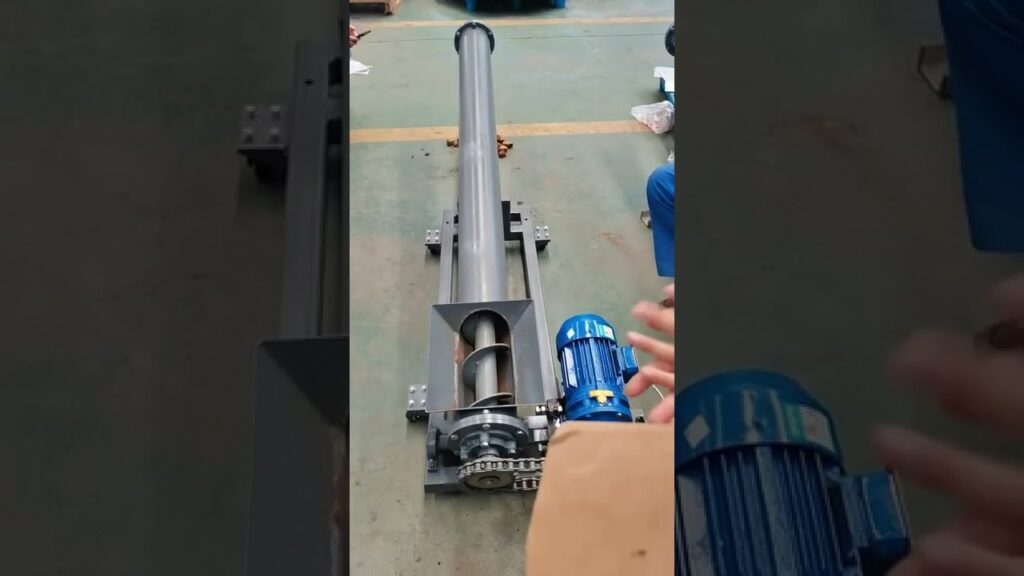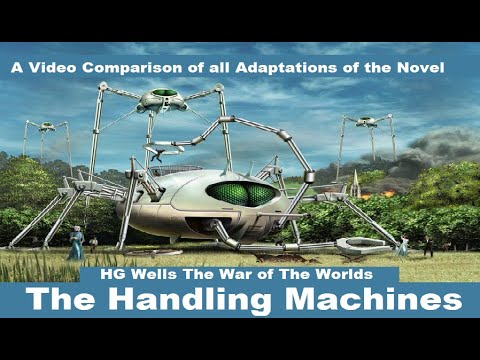Handling Equipment: Revolutionizing the Moving and Handling Industry
Imagine a world without specialized equipment to assist us in moving heavy objects or materials. Tasks that seem simple, such as lifting, carrying, or loading, would become immensely challenging, if not impossible. Thankfully, we are living in an era where innovative technology has given birth to a wide range of handling equipment, making our lives easier and more efficient than ever before.
In this article, we will delve into the realm of handling equipment and explore the various types and their uses. Whether you are a technical engineer, customer, company owner, or simply interested in this field, this comprehensive guide will serve as a valuable resource for understanding the intricacies of handling equipment.
**Introduction to Handling Equipment**
Handling equipment is a broad term that encompasses a wide range of mechanisms designed to assist with lifting, moving, and positioning heavy objects or materials. These innovative tools have greatly revolutionized the moving and handling industry by significantly reducing manual effort, increasing productivity, and ensuring safety.
**Types of Handling Equipment**
There is an extensive array of handling equipment available in the market today. Let’s take a closer look at some of the most widely used types:
1. **Forklifts**: Forklifts are perhaps the most commonly recognized and utilized handling equipment. These powerful machines feature a pair of prongs or forks mounted on the front, enabling them to lift and transport heavy loads with ease. Forklifts are extensively used in warehouses, manufacturing plants, and distribution centers.
2. **Pallet Trucks**: Pallet trucks, also known as pallet jacks, are specifically designed for moving and lifting palletized loads. These compact and maneuverable machines are equipped with forks that can slide under pallets, allowing for effortless transportation within confined spaces.
3. **Conveyor Systems**: Conveyor systems are an integral part of automated material handling. These systems consist of motorized belts, roller tracks, or magnetic systems that transport materials from one point to another seamlessly. Conveyor systems are commonly used in industries such as mining, agriculture, and manufacturing.
4. **Cranes**: Cranes are heavy-duty equipment used for lifting and moving exceptionally heavy objects in construction sites, shipyards, and other infrastructure projects. These towering machines utilize a combination of cables and pulleys, allowing for precise control and efficient handling.
5. **Hoists**: Hoists are versatile lifting devices that can be installed on various structures, such as overhead beams or gantries. They are designed for lifting heavier loads vertically and can be operated manually, electrically, or pneumatically.
6. **Robotic Arms**: In recent years, robotic arms have found their way into the handling equipment industry. These advanced machines are programmed to replicate human-like movements and perform intricate tasks with incredible precision. Robotic arms are commonly used in industries such as automotive manufacturing, pharmaceuticals, and food production.
**The Importance of Handling Equipment**
The introduction of handling equipment has revolutionized the moving and handling industry in numerous ways. Let’s take a closer look at the key benefits:
1. **Efficiency and Productivity**: Handling equipment significantly reduces manual effort and expedites the handling process. This translates into improved efficiency and productivity, thereby saving valuable time and resources.
2. **Safety and Risk Reduction**: By minimizing manual handling tasks, handling equipment helps mitigate the risk of accidents, injuries, and musculoskeletal disorders. Workers can now rely on robust machines to handle heavy loads, ensuring a safer working environment.
3. **Precision and Accuracy**: The advanced technology incorporated into handling equipment allows for precise positioning and controlled movements. This is particularly crucial in industries where delicate or intricate handling is required, such as electronics or pharmaceuticals.
4. **Versatility and Adaptability**: Handling equipment comes in various shapes and sizes, catering to a broad range of industries and applications. Whether it’s a small-sized pallet jack or a gigantic crane, there is a suitable handling equipment option for every task.
**Conclusion**
In conclusion, handling equipment has undeniably transformed the moving and handling industry. The introduction of forklifts, pallet trucks, conveyor systems, cranes, hoists, and robotic arms has resulted in increased efficiency, improved safety, and enhanced productivity. The versatility and adaptability of handling equipment ensure that there is a solution for every handling task, regardless of size or complexity. As technology continues to evolve, we can expect further advancements in this field, setting new benchmarks for excellence in the moving and handling industry.
Handling Machine
“Mastering Safe and Efficient Technique: A Comprehensive Guide to Utilizing Moving & Handling Equipment”


